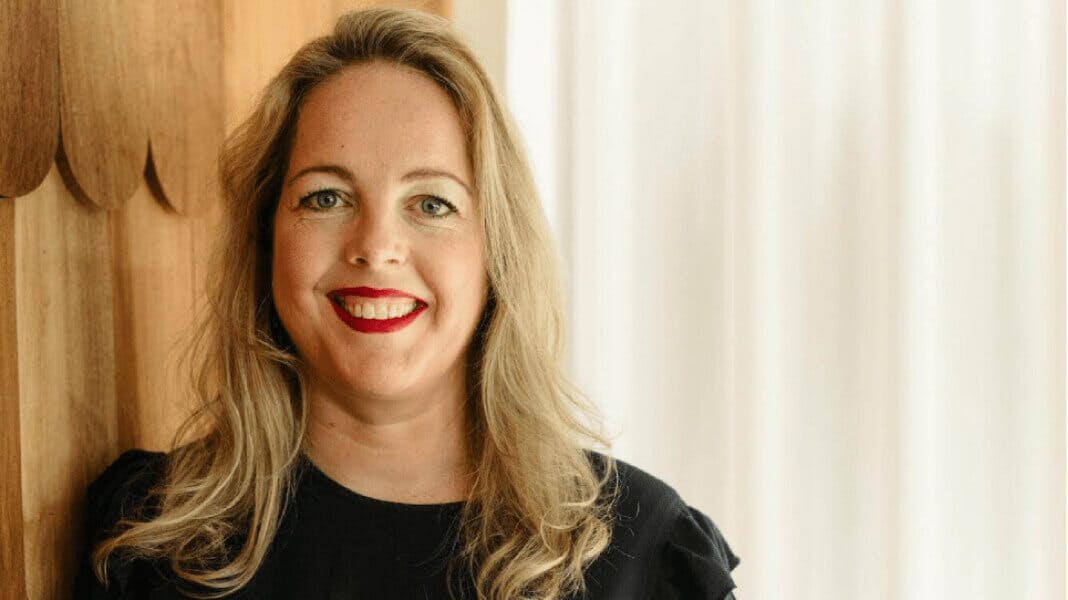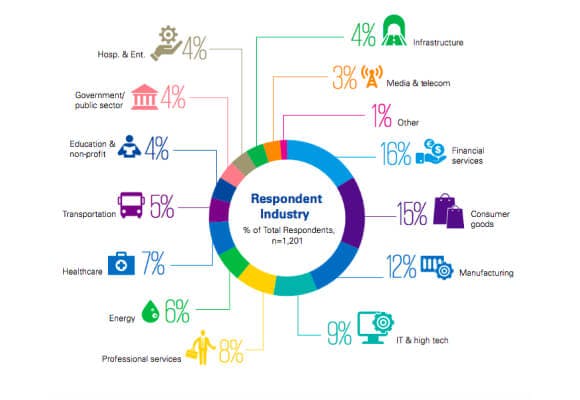Table of Contents
Recruitment and selection are integral to the success of all organisations, as businesses simply cannot function without the right employees. But first, you need to find them, attract them, and convince them that working in your business is their best option.
How do you do this? By creating a hiring process that follows a series of tried and tested steps. Let’s take a look at these in depth.
What’s involved in the recruitment process?
The concept of recruitment refers to the process in which a company searches for, gathers and identifies candidates who satisfy the criteria for a job opening within the business.
We can think of recruitment as one stage of a company’s hiring process. And it’s important to point out that there can be two types of recruitment.
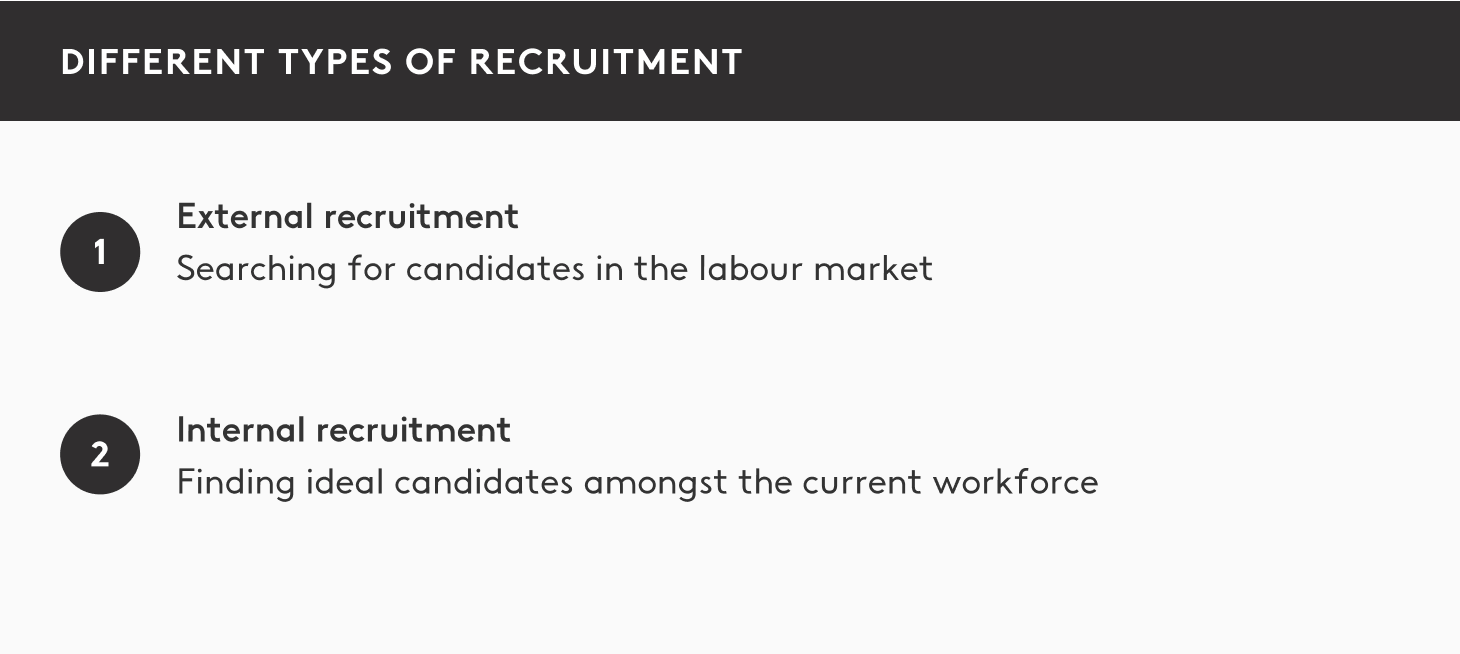
What’s more, a new recruitment method has emerged recently known as inbound recruiting, which aims to attract, engage, and hire candidates in a more organic and natural way. Based on inbound marketing techniques, this model offers interesting advantages, such as engaging candidates with the company in advance, reducing process time and costs and improving the hire success rate.
Recruitment goals
Just like any other business process, recruitment works towards a set of defined goals:
- The main aim of the recruitment process is to attract as many qualified candidates as possible to give recruiters sufficient options to choose from.
- Attract people with skills and experience who can adapt to the organisation’s strategies.
- Reduce the “time to hire”; in other words, the time from when the vacancy is first advertised to when the employee starts work at the company.
- Improve the selection process success rate by reducing the number of under and overqualified candidates.
- Increase the company’s competitiveness by finding trained and up-to-date staff.Bring fresh, new views into all levels of the company.
- Contribute to achieving the organisation’s goals by finding suitable employees.
- Contribuir al logro de objetivos de la organización encontrando a los profesionales adecuados.
- Comply with the organisation’s legal requirements relating to the composition of the workforce.
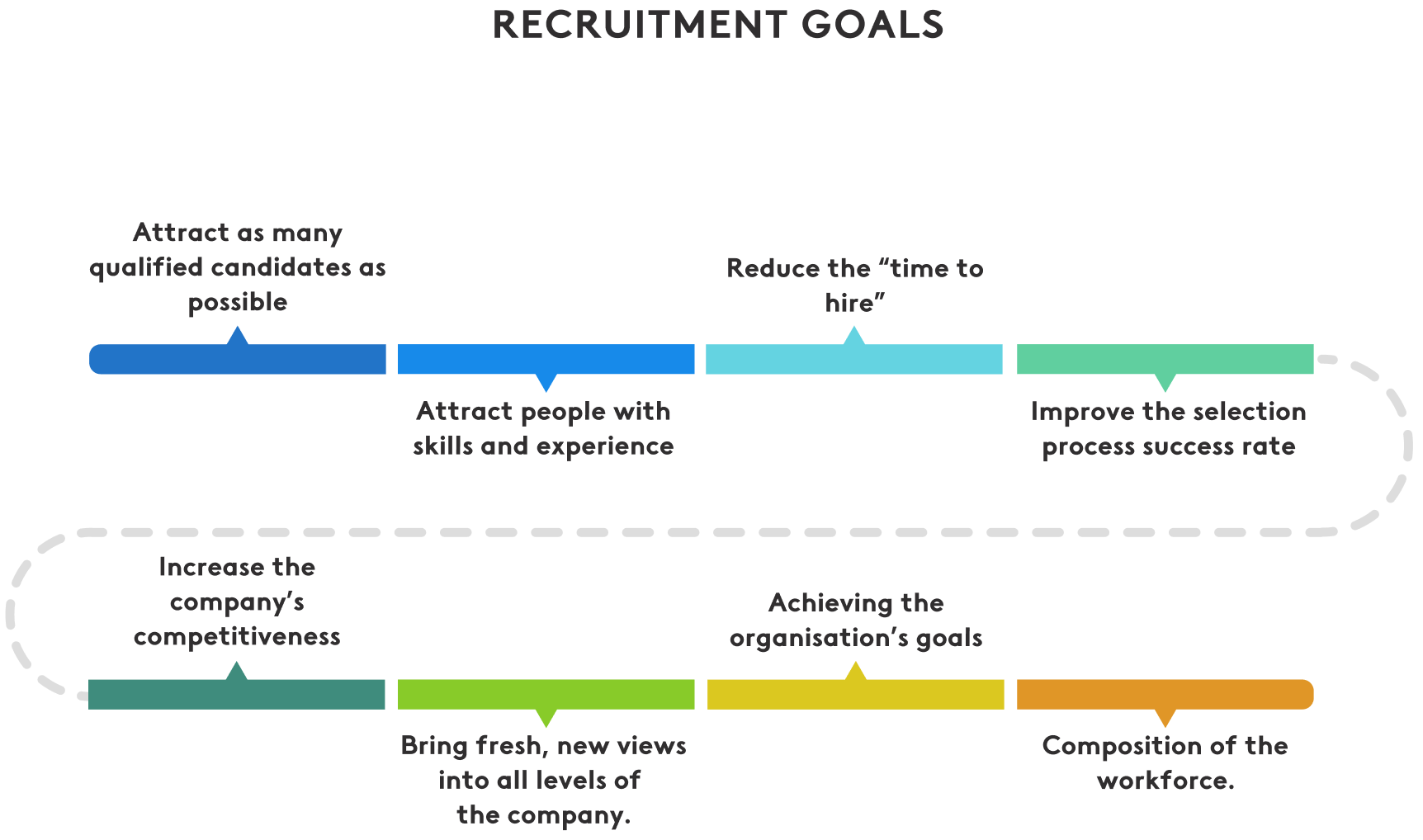
The importance of the recruitment process
Recruitment impacts on all corners of a company, as hiring capable talent is fundamental for an organisation’s success. In fact, it is down to an organisation’s people to reach the business goals. The purpose of the recruitment stage, therefore, is to attract qualified and trained talent.
Research statistics bear out the importance of recruitment:
- 70% of the workforce is made up of passive candidates; in other words, professionals who are not actively looking for work (LinkedIn). Recruitment, when done well, can find and attract them.
- 74% of companies lose on average $14.900 for every bad hire (Career Builder).

- According to some reports, every vacant post costs the company around $500 per day in the US market (Learning Hub).
- 80% of cases in which an employee decides to leave a company voluntarily within the first year are due to bad hiring decisions (LinkedIn).
- 10% of companies recognise that hiring the wrong employee causes a drop in sales and 37% admit it affects the working environment (LinkedIn).
The main sources of recruitment
Recruitment sources are the channels recruiters use to attract talent. In general, they fit into two categories:
- External recruitment sources: the most common sources used to attract unknown or external talent.
- Internal recruitment sources: these sources are used to fill vacancies with current employees through promotions or department moves.
As we have said, the former are the most common and exist in various guises. We’ve put together a list of some external recruitment sources available below:
- Job portals: a popular recruitment source as job adverts normally reach a large number of professionals actively looking for work. There are many generic portals, but you can also find some that specialise in a specific profile or sector. Infojobs and Infoempleo are two examples of the best job sites in Europe.
- Career site: a company website should have a jobs section to advertise current vacancies and allow candidates to submit applications. 76% of candidates prefer to apply directly from the organisation’s website.
- Social networks: companies can recruit via LinkedIn, the top professional network with more than 600 million connected users. Sharing vacancies on the site or using it to contact interesting professionals are very common recruitment practices. Facebook, Instagram, and Twitter are also valid recruitment sources.
- Internal references: sometimes when job openings arise it is common to ask around internally and encourage employees to recommend any of their colleagues they think may be suitable. Some companies incentivise internal recommendations with financial rewards.
- Recruitment agencies: there is also the option of outsourcing recruitment to a specialist agency. Using this method, the HR team will receive a shortlist of candidates from which to choose the best.
- Job boards: many universities and business schools create job boards for students to access paid work experience. This can be a useful source when looking for young talent.
- Temping agencies: for temporary positions we can also use placement or temping agencies. These have their own database of workers and it is very easy to find candidates
The recruitment process steps
When we want to fill a job opening in our company, we need to set a series of measures in motion. In general, the hiring process begins with employee recruitment. There are a number of important steps we must follow to guarantee positive results:
1. Identify the recruitment need or vacancy
A recruitment need may arise because someone has left and we need to fill their position, or because we suddenly want to expand a department or even create a new one. Whatever the motive, it is essential to understand the requirement and scope out this person’s role within the organisation.
2. Create the job description
The job description is a written brief defining the tasks and responsibilities the post entails. It is designed to give candidates enough information to understand the expectations of the role and decide if they are interested or not. Crafting a good job description is critical to avoid hiring mishaps, such as the selected candidate leaving the company soon after they join.
3. Choose a recruitment model
As we have already mentioned, organisations can opt for internal or external recruitment. It is also possible to carry out passive recruitment, which involves proactively contacting professionals with interesting profiles. The HR team responsible for recruitment should choose which model, or models, to use.
At this point, you can create a recruitment tracker template or configure your recruitment software to take control of the entire process.
4. Start receiving CVs
Once you’ve chosen your recruitment method and advertised the vacancy on your selected channels, the CVs will start to arrive. It is vital to carefully save all the information, as many candidates may attach portfolios or cover letters.
5 tips for the recruitment stage
What are the best practices for a successful talent acquisition strategy? To recruit the crème de la crème of professionals there are a few key tips to bear in mind:
- Use ATS software to automate processes: applicant tracking system software allows recruiters to streamline process tasks, automate communications, and, in general, save time.
- Multiply your distribution channels: if your vacancy is listed on several platforms, you will have a better chance of reaching a higher number of professionals, and in turn receiving additional applications. One way or another, choose your recruitment sources carefully to find the talent you are looking for.
- Include the essential requirements in the job description: job adverts should be direct and specific. So, we recommend describing the essential requirements only. If you want to include desirable skills, make it clear that they are not exclusionary.
- Analyse the performance of your recruitment sources: steadily improve your recruitment processes by analysing which sources generate higher quality candidates.
- Nurture your employer brand: the company brand is the image you convey to your candidates. Today, this perception is fundamental, as many professionals are willing decline an offer if the company’s reputation is not up to scratch. Make your organisation appealing, promote a good candidate experience and cultivate a positive work environment.
What is the staff selection process?
Staff selection is the process whereby candidates’ qualities, expertise, skills, and experience are assessed in relation to a job opening at an organisation.
In this stage the HR team creates a set of criteria or tests to determine which candidates are qualified, and which are not. In this way, it is possible to identify the candidate profile who best fits the company’s requirements.
What is the difference between recruitment and selection? All hiring processes start with recruitment to attract as many candidates as possible. Once this is done, the HR team proceeds to the selection stage to separate relevant applications from unsuitable ones.
So, the basic phases of the recruitment and selection processes are clear: we attract candidates, then find the best ones.
Selection goals
The main goal of staff selection is to ensure an organised, transparent, and fair process to identify the perfect candidate. Our secondary goals should include the following:
- Find the candidate who matches the organisation’s needs and can fill the job opening.
- Determine how far the employee wishes to go in the organisation. In other words, assess whether they want to make a career at the company and if they intend to remain for a period of time.
- Reduce the costs to the company by making the right decision. The organisation invests a significant amount in every new hire. If the employee leaves shortly after, it’s the company that loses out.
- Reduce the turnover rate and absenteeism. Choosing the right candidate will improve these metrics. It will also improve productivity and the company’s market position.
- Create and standardise technical criteria to ensure the selection process is carried out objectively.
- Design and define a testing and interview process to identify the best candidates.
- Guarantee equal opportunities for all candidates.
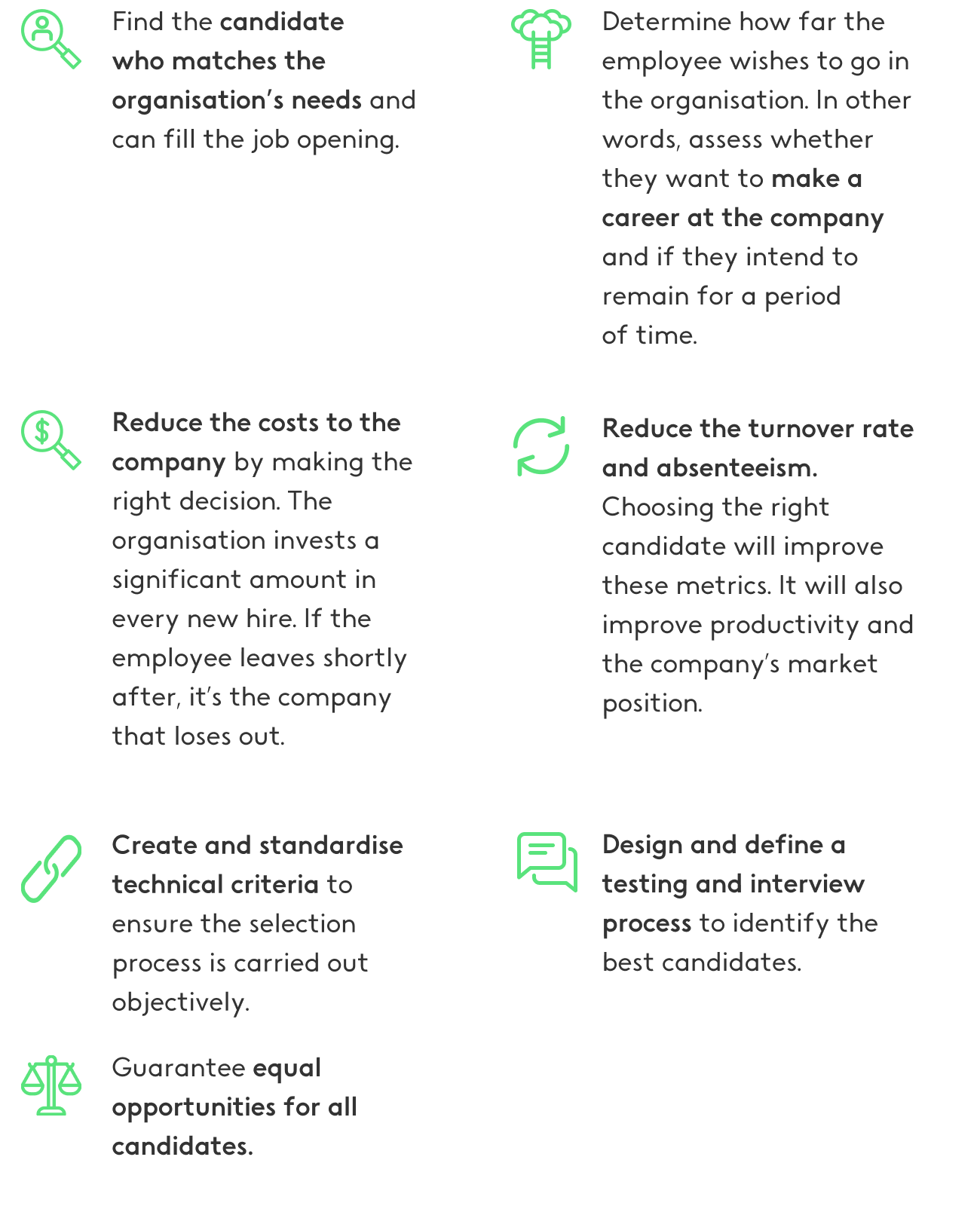
The importance of the selection process
The selection process is important as it allows us to build a more complete picture than a CV can provide, by gathering additional information and getting to know candidates better. It is therefore no surprise that:
- 80% of Fortune 500 companies carry out selection tests during their hiring processes (Harver).
- 91% of HR professionals believe psychometric tests can predict a candidate’s success.
- 78% of CVs contain misleading information and in 46% of cases the details are completely untrue (CriteriaCorp).
- 65% of employees who pass the selection tests stay with the company for at least six months.
Steps in the selection process

As we have seen, recruitment and selection processes involve a series of stages. Below, we will look in detail at the next steps in the selection process.
1. Make a shortlist
Once the recruitment process is complete, having attracted enough candidates, it is time to carry out the initial CV screening. This basically involves rejecting the applicants who do not fulfil the minimum requirements for the position. This is necessary, as interviewing all candidates would have significant cost implications for the company.
After the initial CV screening, we move onto the shortlisting stage, where we “pre-qualify” candidates using some simple questions relating to the job role’s requirements.
Some example pre-qualification questions:
- What are your expectations?
- Does it fit with your current circumstances?
- What are your salary expectations?
- What is your notice period?
- Are you willing to relocate (if the position is in another country or city)?
These questions will help reduce the time-to-hire and ensure both candidates and the hiring team are better prepared to encourage an efficient selection stage.
2. Interview the candidate
The next step is to assess each candidate more rigorously to measure, evaluate and compare their skills and expertise. How? These are the main selection tests:
- Individual interview: the most common method which involves inviting the candidate to an interview with the HR manager or a member of the team. There are many questions you can ask in interviews to glean additional information. Prepare the questionnaire in advance.
- Group interview: in this case, several candidates are invited at the same time to observe how they behave in a team or group. Normally, in these types of interviews applicants are given exercises or situations to resolve.
3. Evaluate the candidates
Create a report or file for every candidate participating in the selection process, which collates all the information you have gathered, such as test results and interviewer comments. This way, no details will slip through the cracks, and you will have all the information you need to make a decision at your fingertips. You can also share it easily with your colleagues or save it for the future.
Kenjo, for example, provides scorecards to allow you to compare candidates’ qualities with the skills required for the position. This information can be shared between colleagues to create a complete candidate profile.

4. Hire the candidate
All that’s left is to decide which candidate will be joining the company. It is important to take time to review all the options, share the information with other members of the team and make sure the criteria are correct.
Once you have selected your final candidate, agree the terms of the job offer and send it to them: salary, start date, number of holidays, type of contract previously discussed. Finally, both parties sign the agreed contract.
5. Onboarding
The hiring process ends with a successful onboarding experience. It’s vital to arrange this in advance so that on the start date, or even in the days beforehand, the new employee already feels like part of the company.
The main selection tests
During HR recruitment and selection, testing is used to determine key factors such as the candidates’ experience, their personality traits, motivation level, etc.
Depending on the type of vacancy and how we want to approach the process, we can carry out individual tests or combine them to obtain more information.
Here we’ll explain the options available:
- Personality test: to get to know the candidate better and gauge, for example, their soft skills, we can conduct a personality test. This can measure self-control, empathy, leadership, self-reliance, etc.
One of the most common personality tests, for example, is the DISC test. This method assesses people’s behaviour when faced with different situations. It provides insight into their dominance, influence, steadiness, and compliance. The data are obtained through a test with several questions.
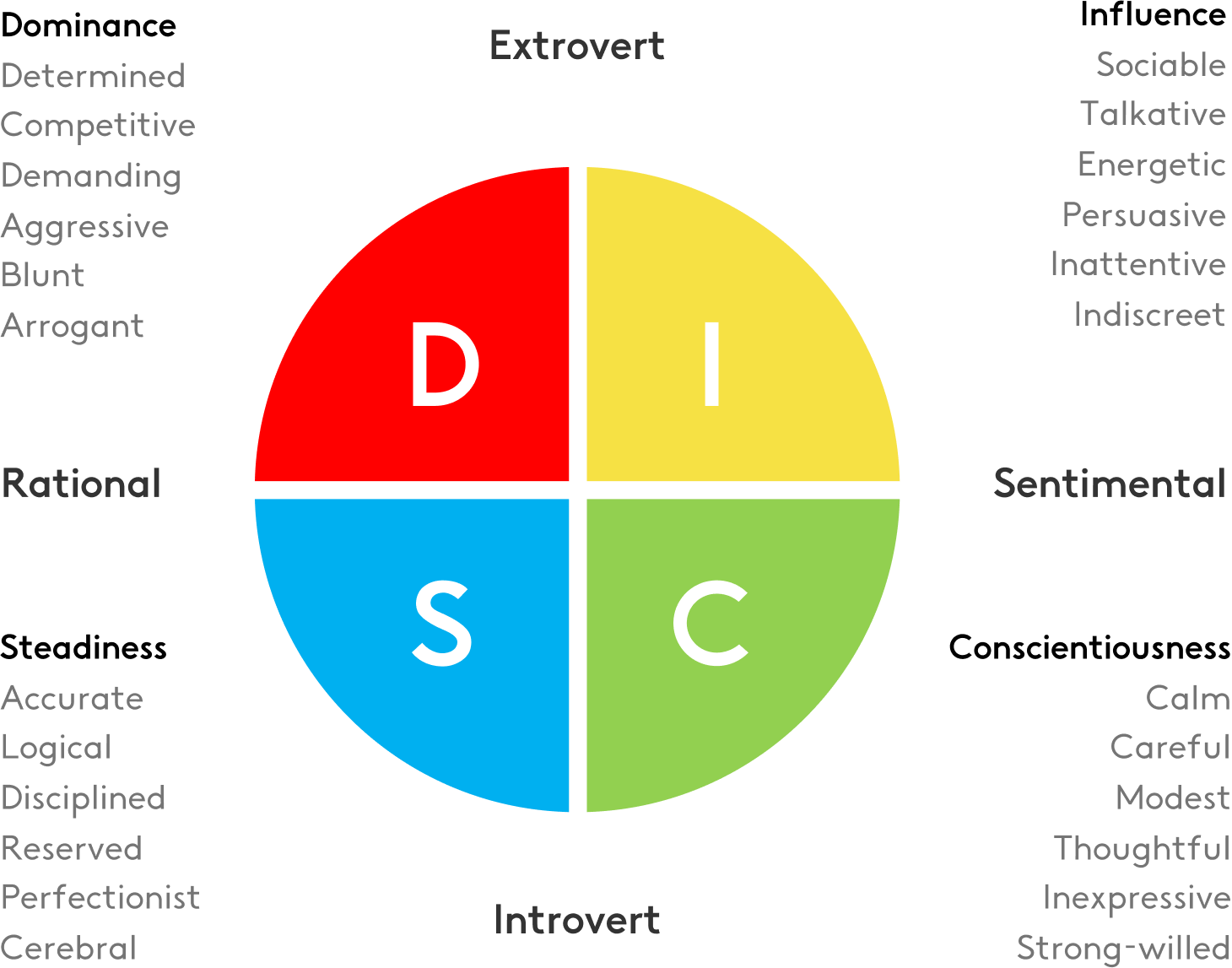
- Knowledge tests: these selection tests present situations or questions to assess the candidate’s expertise, training, and experience.
- Psychometric tests: also known as intelligence tests, these evaluate candidates’ cognitive abilities. They usually involve solving problems within a time limit.
- Technical skills tests: lastly, these tests attempt to measure candidates’ technical skills as objectively as possible. They are used above all for developer roles, writers, SEO experts, etc, and are designed ad hoc.
10 tips for the selection stage
Finally, here are some tips for making your selection process a success:
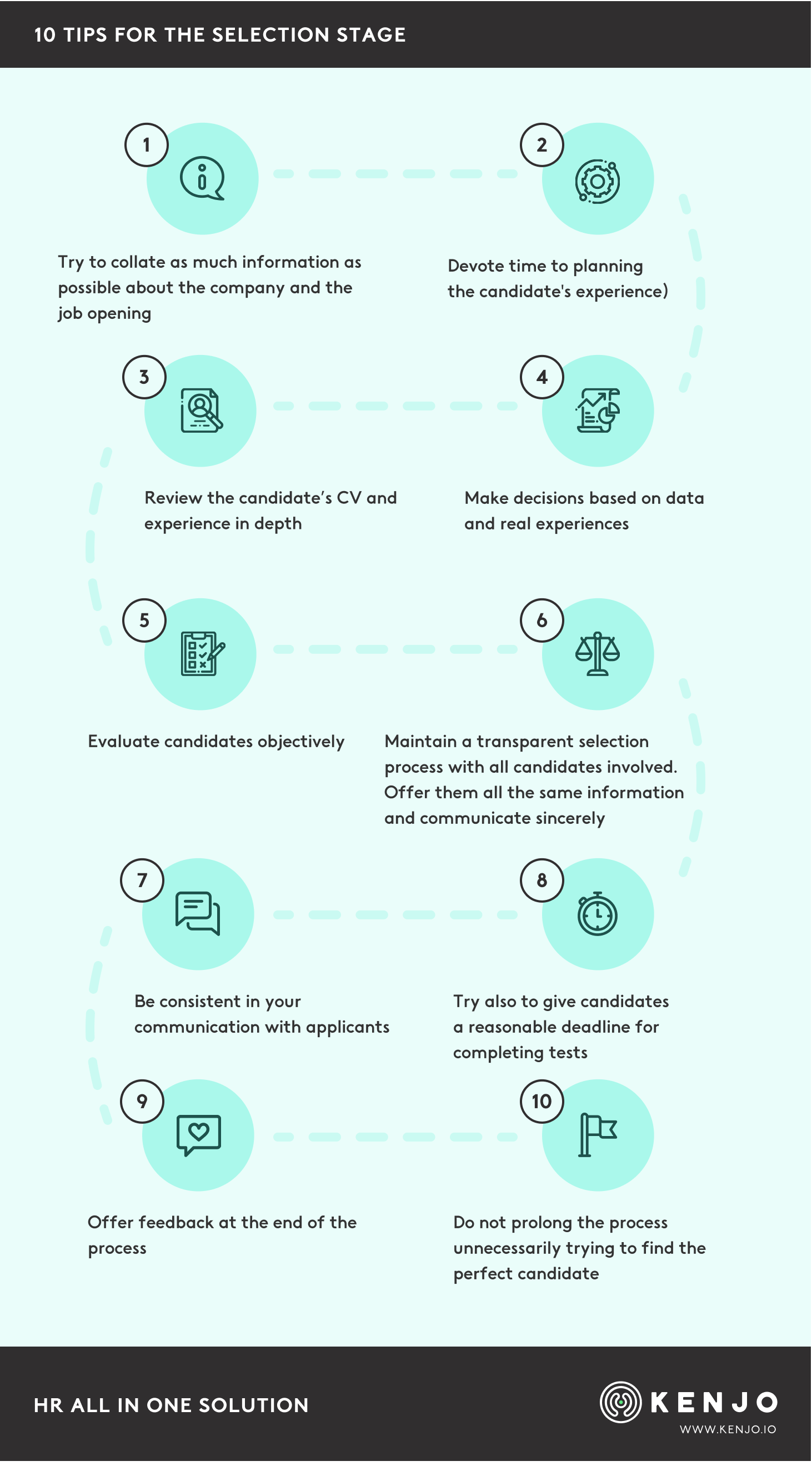
How do you identify inefficiencies in the recruitment and selection process?
If you want to identify inefficiencies, make your KPI dashboard your best friend. By collating the main recruitment and selection KPIs on a control panel, this tool allows you to easily identify irregularities, variations, new trends, etc.
The data can be extremely revealing. For example, a high turnover rate during the first year is a symptom of serious problems within the organisation: toxic culture, lack of opportunities, etc.
We can also consider the time-to-hire as an important KPI; in other words, the time it takes to fill a vacancy from when it is first advertised to when someone joins the company. According to HireVue, the average is 42 days. A figure much higher than this signals an inefficient HR department and, moreover, additional cost for the company.
Another sign of inefficiency is the duplication of work within the human resources department. Without good communication and organisation, two people can end up doing the same tasks. This is both a waste of time and bad use of resources. However, it is also one of the most common problems in the recruitment process. The best option to solve this is to use a task manager which clearly shows who is doing what and when.
How can technology help with these processes?
Technology is extending, ever more quickly, through all layers of the company. The HR department is no exception, and as we would expect, solutions to streamline and automate recruitment and selection have emerged. Attracting and retaining millennial talent, the new workforce, requires new techniques and customised technology.
Firstly, technology adapted for modern recruiting enables professionals to stand out in an increasingly competitive labour market and attract suitable candidates that meet the set criteria.
How? By advertising the job on several platforms simultaneously to obtain maximum visibility with minimum effort. All applications are sent to a single applicant tracking system from where the recruiter can easily filter and carry out an initial screening. They can even use keywords to identify the most interesting professionals.
The goal is to reduce the admin and manual work done by the human resources department and, at the same time, get better results.
One of the most interesting features of recruitment tools is the capacity to automate and standardise communication with candidates. This task can be a chore for companies, but as candidates attach importance to this detail it is key to maintaining the brand image. Suitable software will allow you to configure automatic messages whenever there is a development in the process, or the candidate progresses to the next stage. In this way, everyone is promptly informed, but the team does not have to dedicate time to the task.
Ultimately, technology:
- Reduces the effort required by the HR team.
- Streamlines the processes within the HR department.
- Helps find the best candidates more easily.
- Makes it easier to reach more candidates.
- Saves a data archive of offers, applications and information.
- Improves the company’s brand image.
When should you outsource these processes?
Recruitment and selection are complex processes given the competitive nature of the market and the challenges companies face when searching for talent. If the human resources team does not have the necessary resources or time to achieve the desired objectives, many opt to outsource the process.
Reasons to outsource hiring include:
- Paying attention to other business areas: if the HR department is small, it may be better to devote more time to other aspects rather than investing all efforts in the selection process.
- Reduce the hiring cost: if you’re still not sure how much a selection process costs, we can tell you it doesn’t come cheap. It requires many resources, and the final figure can be steep. Outsourcing the task to another company is usually less costly and can also reduce the time-to-hire.
- Delegate during growth spikes: company growth is synonymous with multiple open hiring processes. If you can’t manage this workload, outsourcing will allow you to achieve your objectives, as well as giving you better control over the growth.
- Gain a competitive advantage: not all companies are equally popular or attract the same number of candidates. While outsourcing the recruitment process does not eliminate this factor, it helps to reduce the time-to-hire.
Internationalising the selection process
When companies want to carry out recruitment and selection on an international level, whether that’s because they want to attract qualified professionals that do not exist in their country, or because they want to grow in other markets, it requires a clear strategy.
- Firstly, choose suitable recruitment sources. Maybe you can advertise the vacancy internally for your employees to share or investigate which are the most popular external recruitment platforms in the relevant country.
- Another option is to use specialist recruitment services. These agencies have a substantial database of professionals but also know how to recruit in other countries.
- Prepare the information relating to the job opening in English and the language of the country where you are trying to fill the vacancy. It is important for candidates to fully understand the nature of the position and decide if they are genuinely interested.
- As well as the usual processes involved in recruitment and selection, build a good relocation policy in case the professional needs to move. Look for information on international removal services, property renting, etc.
- Inform yourself and try to understand the country’s culture and labour market. In some locations, for example, it is common to offer certain additional benefits.

